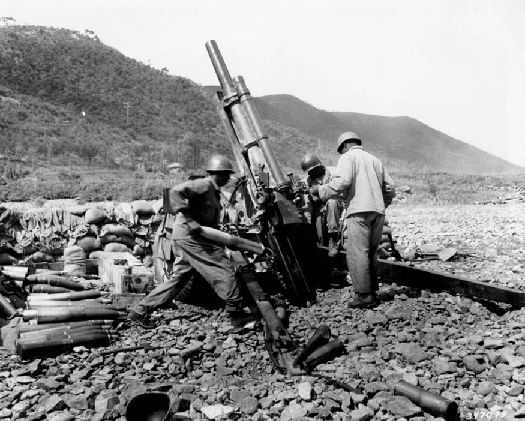| << Chapter < Page | Chapter >> Page > |
In the early days of the republic, Congress’s role was rarely if ever disputed. However, with its decision in
Marbury v. Madison (1803), the Supreme Court asserted its authority over judicial review and assumed the power to declare laws unconstitutional.
In the twentieth century, the modern tussle over power between the Congress and the president really began. There are two primary reasons this struggle emerged. First, as the country grew larger and more complex, the need for the government to assert its regulatory power grew. The executive branch, because of its hierarchical organization with the president at the top, is naturally seen as a more smoothly run governmental machine than the cumbersome Congress. This gives the president advantages in the struggle for power and indeed gives Congress an incentive to delegate authority to the president on processes, such as trade agreements and national monument designations, that would be difficult for the legislature to carry out. The second reason has to do with the president’s powers as commander-in-chief in the realm of foreign policy.
The twin disasters of the Great Depression in the 1930s and World War II, which lasted until the mid-1940s, provided President Franklin D.
Roosevelt with a powerful platform from which to expand presidential power. His popularity and his ability to be elected four times allowed him to greatly overshadow Congress. As a result, Congress attempted to restrain the power of the presidency by proposing the
Twenty-Second Amendment to the Constitution, which limited a president to only two full terms in office.
In the decades following World War II, the United States entered the Cold War, a seemingly endless conflict with the Soviet Union without actual war, and therefore a period that allowed the presidency to assert more authority, especially in foreign affairs. In an exercise of this increased power, in the 1950s, President Harry Truman effectively went around an enumerated power of Congress by sending troops into battle in Korea without a congressional declaration of war ( [link] ). By the time of the Kennedy administration in the 1960s, the presidency had assumed nearly all responsibility for creating foreign policy, effectively shutting Congress out.
Following the twin scandals of Vietnam and Watergate in the early 1970s, Congress attempted to assert itself as a coequal branch, even in creating foreign policy, but could not hold back the trend. The War Powers Resolution (covered in the foreign policy chapter) was intended to strengthen congressional war powers but ended up clarifying presidential authority in the first sixty days of a military conflict. The war on terrorism after 9/11 has also strengthened the president’s hand. Today, the seemingly endless bickering between the president and the Congress is a reminder of the ongoing struggle for power between the branches, and indeed between the parties, in Washington, DC.

The weaknesses of the Articles of Confederation convinced the member states to send delegates to a new convention to revise them. What emerged from the debates and compromises of the convention was instead a new and stronger constitution. The Constitution established a bicameral legislature, with a Senate composed of two members from each state and a House of Representatives composed of members drawn from each state in proportion to its population. Today’s Senate has one hundred members representing fifty states, while membership in the House of Representatives has been capped at 435 since 1929. Apportionment in the House is based on population data collected by the U.S. Census Bureau.
The Constitution empowers Congress with enumerated, implied, and inherent powers. Enumerated powers are specifically addressed in the text of the Constitution. Implied powers are not explicitly called out but are inferred as necessary to achieve the objectives of the national goverment. Inherent powers are assumed to exist by virtue of the fact that the country exists. The power of Congress to regulate interstate and intrastate commerce has generally increased, while its power to control foreign policy has declined over the course of the twentieth century.

Notification Switch
Would you like to follow the 'American government' conversation and receive update notifications?